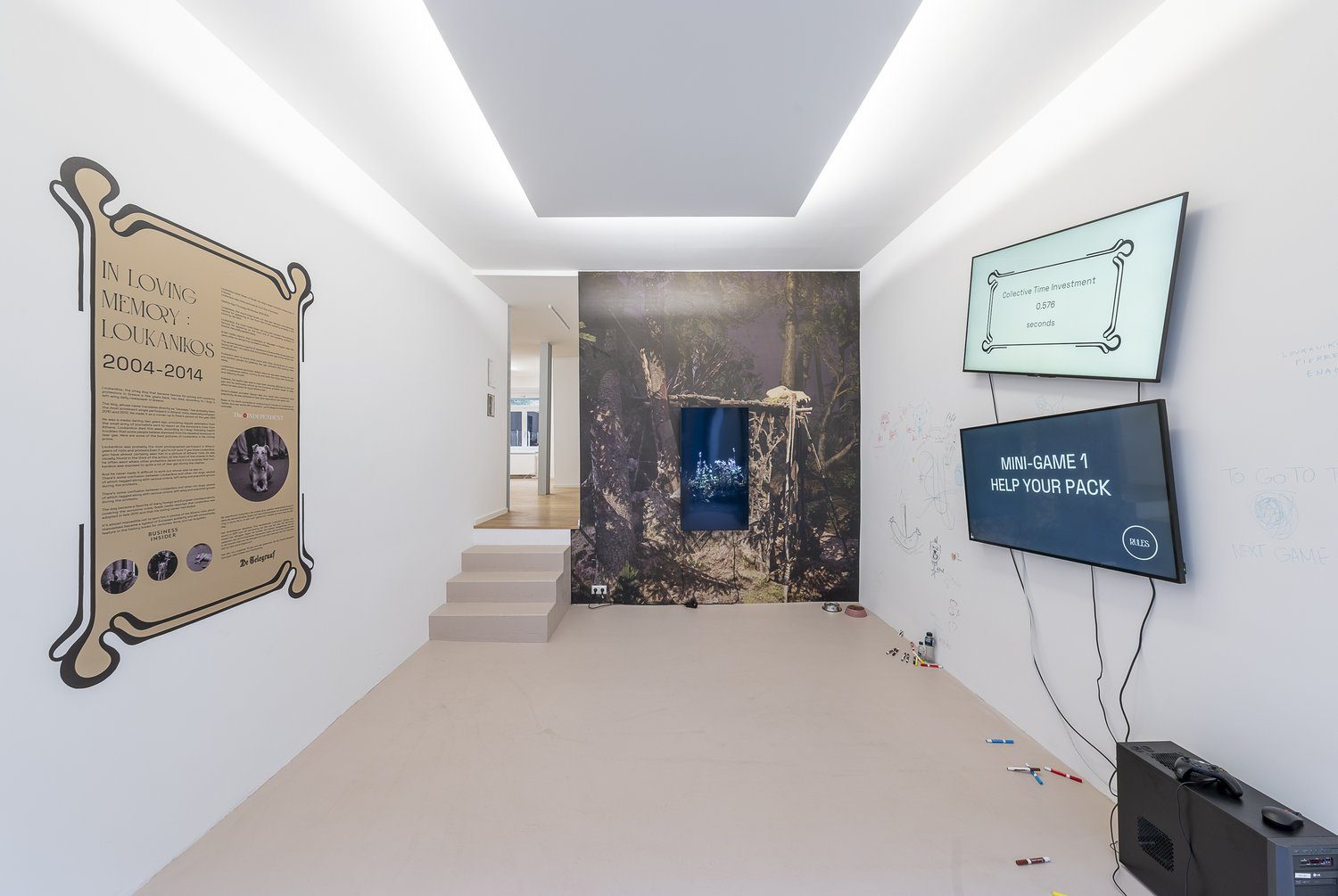Welcome to the Social Art Award 2025 – Online Gallery!
🌊 Dear friends of art and transformation, 🌊
A heartfelt thank you to all artists and creatives who submitted their powerful works for this year’s Social Art Award under the theme: “Planetary Healing – Blue Tribes for Ocean Health.” Your inspiring visions speak to ocean restoration, biodiversity, and reimagining our coexistence with all life forms on Earth.
After receiving 922 submissions from across all continents, and concluding a very active public voting phase, the Social Art Award now enters its next chapter:
🔹 What’s next?
The professional jury panel is currently reviewing and selecting the TOP 100 entries that will be featured in the official Social Art Award 2025 book. In parallel, the two public voting winners will move forward as wildcards into the final jury round.
🔹 Coming up:
-
Shortlisted artists (TOP 10) will be announced by mid-June.
-
Winners of the Social Art Award 2025 will be revealed at our Online Award Ceremony on July 2, 2025.
We invite you to stay connected as we celebrate the power of Social Art to drive dialogue, awareness, and collective transformation.
Let’s continue to amplify art as a force for Planetary Healing.
Flowers For Theodore
Pierre Chaumont
Flowers For Theodore analyses how technological tools help cultivate individual engagement and strengthen kinship within communities. Based on the Greek Aganaktismenoi movement and its incredible icon Theodore (a.k.a. Loukanikos the riot dog), this series blends historical elements and analytical gaming to rethink community in the age of internet 3.0. Visually, by correlating digital tools to flowers, I explore the role they share as an act of presence, support and interrelationship. As Goody and Poppi have noted, flowers act as the ongoing witness of the active relationship between individuals while functioning as a way of maintaining networks of kin. (Goody & Poppi 1994, 149-150). Through interactive live simulations, gamified experiences, and lyrical video works, I open a discussion on the capacity of individuals, through technology, to impact their surroundings and reinforce their sense of belonging. With Flowers For Theodore: In Bloom, the public is invited to examine, experience, and explore together new ways to envision the relationship between technology, extended communities, and solidarity. The Aganaktismenoi was a social movement that emerged during the 2011 Greek anti-austerity movement. Characterized by non-partisan and peaceful actions of individuals spread across the political spectrum (Karyotis and Rüdig, 2018), these gatherings relied on an important use of technology, both in terms of knowledge sharing and organization. Likewise, this movement was much less centralized and intended to be a grassroots movement, with self-managed, inclusive, diverse, fluid, and leaderless assemblies (Castells cited in Karyotis, 2018). Concurrently, an idea of the “Social” emerges through this innovative way of doing things. Defined as “various activities and many forms of sociability to demarcate the spheres of selflessness, and solidarity” (Rozakou, 2017), these societal actions embodied a horizontal and dehierarchized vision. Not surprisingly, the greatest embodiments of this came in the form of a stray dog named Loukanikos, born Theodore, who protected civilians in every political actions, and became a runner-up for 2011 Time's Person-of-the-year. This dog’s selflessness, dedication, and its presence is what transformed this animal into the icon of this movement. This use of technology to connect, act, and strengthen communities has now merged with our daily digital reality to become what John Hartley calls DIYO (Do-It-With-Others) citizenship. It can be understood as a type of belonging that is “more individuated and privatized [...], because it is driven by voluntarist choices and affiliations, but at the same time it has an activist and communitarian ethic, where knowledge shared is knowledge gained.” (Hartley 2010, 20). Following on these premises, I choose to research on ways to test alternatives that would exacerbate this new reality. It has led me to focus on analytical game design and has allowed me to create interactive works that overcame preexisting patterns of thinking of viewers. By tending metaphorically to these digital flowers, each and every visitor has the possibility to make their community blossom.
Flowers For Theodore analyses how technological tools help cultivate individual engagement and strengthen kinship within communities. Based on the Greek Aganaktismenoi movement and its incredible icon Theodore (a.k.a. Loukanikos the riot dog), this series blends historical elements and analytical gaming to rethink community in the age of internet 3.0. Visually, by correlating digital tools to flowers, I explore the role they share as an act of presence, support and interrelationship. As Goody and Poppi have noted, flowers act as the ongoing witness of the active relationship between individuals while functioning as a way of maintaining networks of kin. (Goody & Poppi 1994, 149-150). Through interactive live simulations, gamified experiences, and lyrical video works, I open a discussion on the capacity of individuals, through technology, to impact their surroundings and reinforce their sense of belonging. With Flowers For Theodore: In Bloom, the public is invited to examine, experience, and explore together new ways to envision the relationship between technology, extended communities, and solidarity. The Aganaktismenoi was a social movement that emerged during the 2011 Greek anti-austerity movement. Characterized by non-partisan and peaceful actions of individuals spread across the political spectrum (Karyotis and Rüdig, 2018), these gatherings relied on an important use of technology, both in terms of knowledge sharing and organization. Likewise, this movement was much less centralized and intended to be a grassroots movement, with self-managed, inclusive, diverse, fluid, and leaderless assemblies (Castells cited in Karyotis, 2018). Concurrently, an idea of the “Social” emerges through this innovative way of doing things. Defined as “various activities and many forms of sociability to demarcate the spheres of selflessness, and solidarity” (Rozakou, 2017), these societal actions embodied a horizontal and dehierarchized vision. Not surprisingly, the greatest embodiments of this came in the form of a stray dog named Loukanikos, born Theodore, who protected civilians in every political actions, and became a runner-up for 2011 Time's Person-of-the-year. This dog’s selflessness, dedication, and its presence is what transformed this animal into the icon of this movement. This use of technology to connect, act, and strengthen communities has now merged with our daily digital reality to become what John Hartley calls DIYO (Do-It-With-Others) citizenship. It can be understood as a type of belonging that is “more individuated and privatized [...], because it is driven by voluntarist choices and affiliations, but at the same time it has an activist and communitarian ethic, where knowledge shared is knowledge gained.” (Hartley 2010, 20). Following on these premises, I choose to research on ways to test alternatives that would exacerbate this new reality. It has led me to focus on analytical game design and has allowed me to create interactive works that overcame preexisting patterns of thinking of viewers. By tending metaphorically to these digital flowers, each and every visitor has the possibility to make their community blossom.



